.png.transform/rendition-xs/image_image%20(1).png)
The Andalusian Food and Wine Pantry
Coasts bathed by two seas, diverse weather conditions, mountainous areas, fertile plains, bountiful vegetable gardens and various climates make it possible for Andalusia to offer an enormous variety of products, many of which are universally acknowledged and the object of increasing appreciation.
Text: Ismael Díaz Yubero / Club de Gourmets magazine

More than one third of the olive oil produced worldwide is Andalusian and no other place has so many olive varieties. The Sierras of Segura, Cazorla, Cádiz and Mágina and the mountains of Granada compete in offering quality with the countryside of Antequera, Estepa, Lucena, Baena, Montoro, Priego de Córdoba, western Granada or the desert of Almería.
Each of these regions, object of a well-deserved prestige, provide highly differentiated olive oils, with their unique personalities and properties for using internationally in the wide range of dishes. Table olives, like the Manzanilla, Aloreña, Verdial, Cornezuelo varieties, among others, concentrate their flavors and aromas, whether their own or arising of aromatic herbs and condiments, that make each olive a treasure in itself.
The wines of Jerez (Fino, Manzanilla, Oloroso, Palo Cortado, Amontillado, Pedro Ximénez) boast of global fame and those of Condado de Huelva, Montilla–Moriles or Málaga and Sierras de Málaga, whether sweet or table wines, are also deserving, but there is also a plethora of regions that are leaving their impression in the world of enology, like Contraviesa, Alpujarra, Andarax, Bailén, Torreperojil, etc.
From the sea and organic farming
The Andalusian region is a great producer of vegetables. Some worth highlighting are the beans from Jaén, extra-early potatoes from Motril, and artichokes from Cádiz, cultivated using organic farming methods (over half of Spain's production is located in Andalusia) or intensive agricultural operations that result in the mass export of tomatoes, peppers, green beans, cucumbers, etc., distributed throughout Europe. Of well-earned fame are the chickpeas from Escacena, considered by many the best in the world.
The sea of Andalusia offers exceptional fish. The most highly valued ones are those proceeding from the Atlantic that swim to the Mediterranean to spawn, like the red tuna, which captured in almadrabas is sold to a very select market inland, exported in fillets to Japan where it is sold at very high prices, is used in traditional Andalusian cuisine or salted to obtain an excellent mojama. Greatly appreciated are the anchovies of Málaga, sea breams from Tarifa, turbot from the streams of Cádiz, mackerel, breams, and species like the sturgeon, used in Riofrío (Granada) to produce excellent caviar. As regards shellfish, authentic culinary delights include the langoustines of Sanlúcar, white shrimp of Huelva, red shrimp of La Garrucha, crayfish and prawns of Motril, anemones of Cádiz, fiddler crabs, rough cockles, clams, etc.
Breads, cheeses and fruit
A variety of fresh goat cheeses, like those of Málaga, the cured cheeses of Grazalema, with successful marketing of the Payoyo cheese and variations from Aracena, or the Sierra of Zuheros. Sheep cheeses are produced in Andévalo, los Pedroches and La Calahorra.
The broad varieties of cured meats are represented by the morcones of Cádiz, Huelva or Antequera, Cular chorizos of Aracena or los Pedroches, cured pork loin, white morcilla of Jaén or La Ronda and, especially, the mountain-bread Ibérico hams that are the best in the world, especially those from the Sierra de Huelva-Jabugo and the valley of los Pedroches, without overlooking those cured hams of Trevélez or the towns of Serón and María in Almería. Meats of the Ibérico ham, Retinto beef and Segureño lambs are bred in extensive farming conditions, almost always ecological, and each one is a jewel of its genus.
There are excellent breads like Alfácar from Granada, molletes from Málaga, ochíos from Jaén, roscas from Cádiz, minguito from Cordoba, picos and regañás from Seville and the mona from Almería.
Its most important fruits include peaches and nectarines, melons, watermelons, loquats, pomegranates, chirimoyas, avocados and mangos from the Tropical Coast of Granada and Málaga, and sweet desserts include tocino de cielo, piononos, San Leandro eggyolks, alfajores, mantecados, polvorones, olive oil wafers from Castilleja de la Cuesta, etc. Finally, a spirit from a wide range of choices from brandies of Jerez, aniseed liquors of Rute, Cazalla or Ojén and rum from Málaga or Granada.
Andalusian cuisine
A tremendously interesting gastronomy has arisen from this diversity of products, which, without being exhaustive, is represented by gazpachos, ajoblanco, salmorejo, pipirranas and piriñacas, Moorish salad, porra from Antequera, alboronía, dishes from Alpujarras, tortilla from Sacromonte, stews using wheat, stews from Cádiz, pucheros like those with fennel, perol of Córdoba, berza from Cádiz, fish soups, gazpachuelos from Seville, breams from Rota, tuna, espetos, moragas, shrimp omelets, fish soup, grilled Ibérico pork, and an endless etc. Their elaborations, both traditional and innovative, created by leading Andalusian chefs, like Ángel León, Dani García and many others, will very soon position Andalusian gastronomy in the rank it deserves, given its more than sufficient foundations.
Article originally published in the Club de Gourmets magazine (Spanish). Translation by Lionbridge /@ICEX.
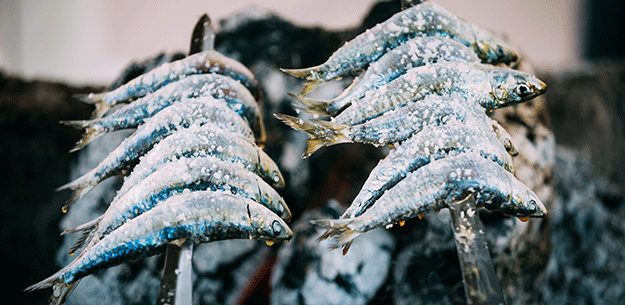
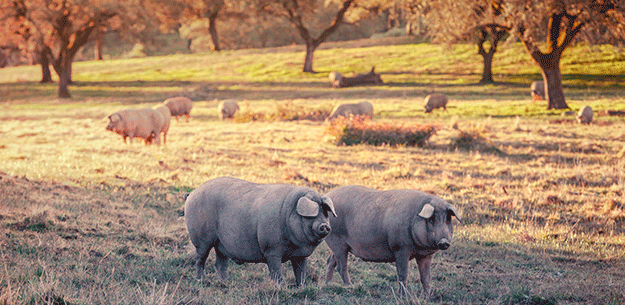
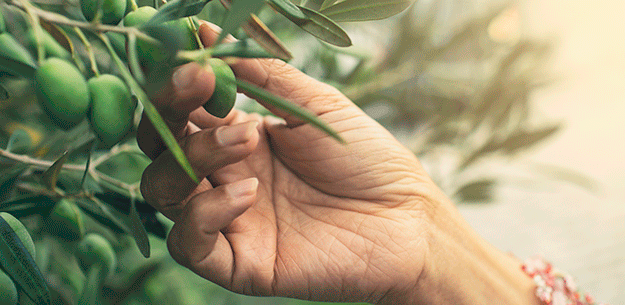

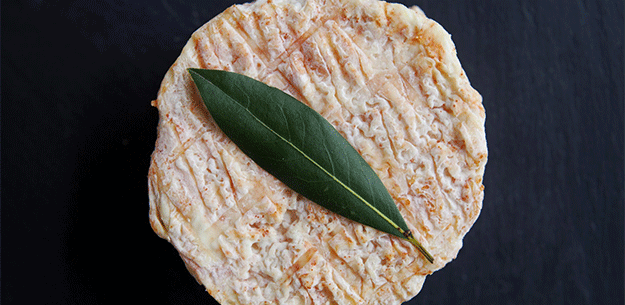
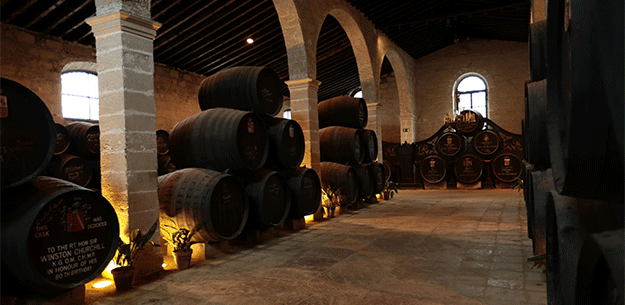
- Image1
- Image2
- Image3
- Image4
- Image5
- Image6

